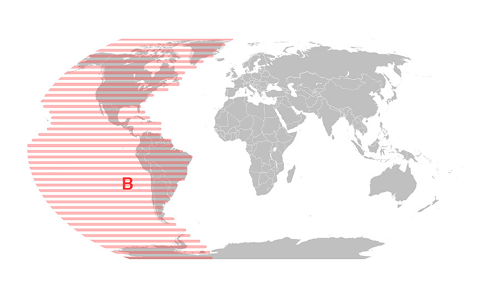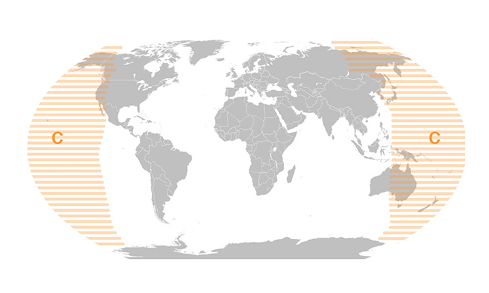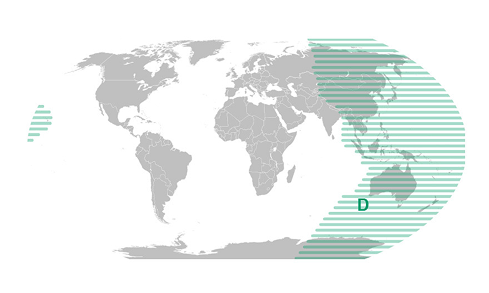
The Discovery That Changed Everything
In the 1990s, researchers made an important discovery. When they asked over 17,000 adults about their childhood experiences, they found something no one expected: adverse experiences in childhood were incredibly common, and they had a profound impact on adult health and wellbeing.
This landmark study revealed that Adverse Childhood Experiences (ACEs) — including abuse, neglect, and household dysfunction like domestic violence, substance abuse, or parental separation — followed a troubling pattern. The more ACEs someone experienced as a child, the higher their risk for depression, anxiety, heart disease, diabetes, and even early death.
The findings were sobering: childhood adversity shapes our biology in ways that last decades.
Since that original study, research has consistently confirmed these findings. Nearly half of all children in the United States experience at least one ACE, with many experiencing multiple adversities. And a dose-response relationship is clear: more adversity typically means more problems.
But here's where the story takes a hopeful turn.
The Protective Power of Attachment
New research published in the Journal of Child and Family Studies reveals something crucial: strong relationships with parents can buffer children from the harmful effects of adverse experiences.
The study followed 105 adolescents, examining how their relationships with parents influenced the connection between ACEs, emotion regulation difficulties, and anxiety. What they found challenges the idea that childhood adversity inevitably leads to poor outcomes.
How Attachment Changes Everything
While ACEs typically lead to emotion regulation difficulties and anxiety, strong parental attachment relationships disrupted this chain.
Mother attachment served as a powerful buffer. Adolescents with stronger relationships with their mothers were protected from the typical pathway where adverse experiences lead to emotion regulation problems and anxiety.
Father attachment showed similar protective effects. Strong father-child relationships also buffered adolescents from the harmful impacts of ACEs, with secure father relationships helping adolescents better regulate emotions despite adverse experiences.
The Science Behind Protection
This research helps us understand why these relationships are so protective. When children have secure relationships with their parents, these connections:
- Provide a safe haven that buffers from the chronic stress of adverse experiences
- Support the development of emotion regulation
- Provide psychological resources that support resilience and recovery following trauma or difficulties
What This Means for Your Family
The researchers emphasize something hopeful: adverse childhood experiences are not the sole determinant of outcomes. The difference often comes down to the quality of relationships.
This research supports the central themes of Circle of Security Parenting — that secure, responsive relationships with caregivers form the foundation for resilience. When children know they can count on caregivers to be there for them, it changes everything.
Moving Forward with Hope
Your relationship with your child isn't just emotionally meaningful — it's biologically protective. Every moment of connection, every repair after disconnection, every time you respond to their emotional needs, you're building resilience into their developing system.
While we can't control everything that happens to our children, we can control how we show up in relationship with them. And science tells us that might be the most powerful protection we can offer.
How does Circle of Security promote secure attachment? Learn More.
Access the research here: https://link.springer.com/content/pdf/10.1007/s10826-024-02989-7.pdf







